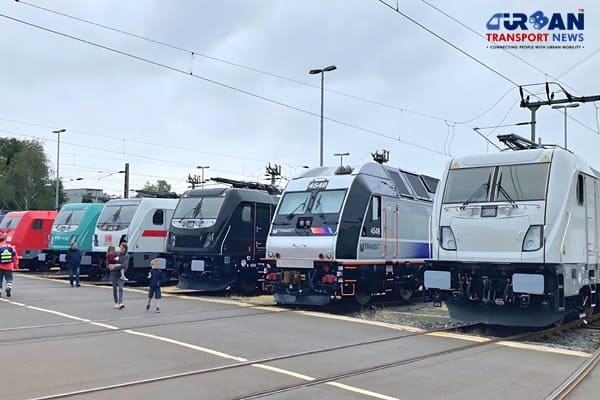 Alstom Reported €309 Million Loss in Fiscal Year 2023-24
Alstom Reported €309 Million Loss in Fiscal Year 2023-24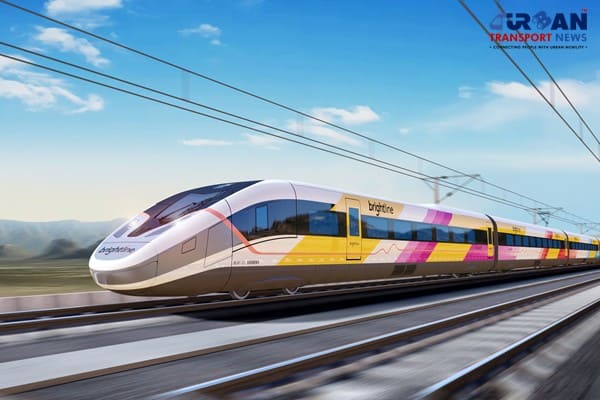 Siemens awarded contract to supply High Speed Train sets for Brightline West
Siemens awarded contract to supply High Speed Train sets for Brightline West Rome becomes first European city to offer Open Loop Transit payment for global cardholders
Rome becomes first European city to offer Open Loop Transit payment for global cardholders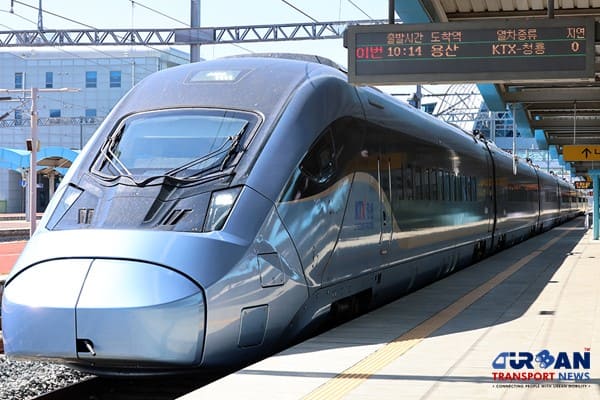 Korail unveils Next-Generation KTX-Cheongryong High-Speed Train
Korail unveils Next-Generation KTX-Cheongryong High-Speed Train Turkey launches new 700 km High-Speed Rail Link connecting Istanbul and Sivas
Turkey launches new 700 km High-Speed Rail Link connecting Istanbul and Sivas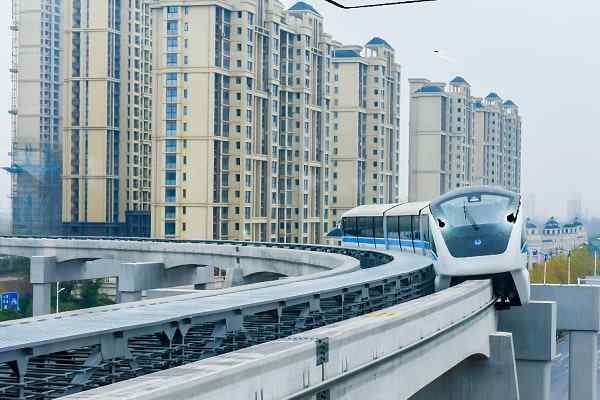 Japan agrees to resume stalled Colombo Light Rail Transit project of Sri Lanka
Japan agrees to resume stalled Colombo Light Rail Transit project of Sri Lanka Understanding the Critical Role of Systems Approach in Urban Railway Projects
Understanding the Critical Role of Systems Approach in Urban Railway Projects Exclusive Interview with Ms. Serda Urganciyan, Partner-CEO at Studio 88 Architecture
Exclusive Interview with Ms. Serda Urganciyan, Partner-CEO at Studio 88 Architecture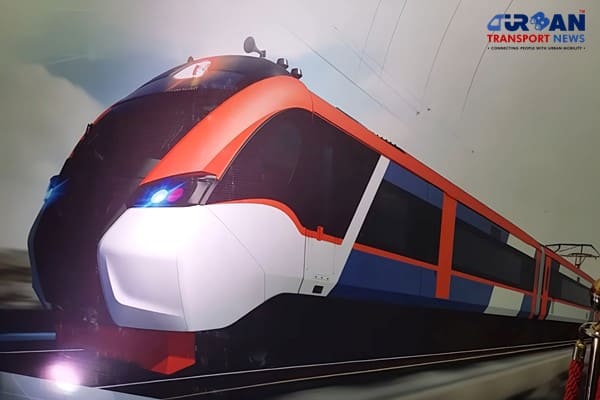 Titagarh Rail Systems set to deliver first sleeper Vande Bharat Train by late 2025
Titagarh Rail Systems set to deliver first sleeper Vande Bharat Train by late 2025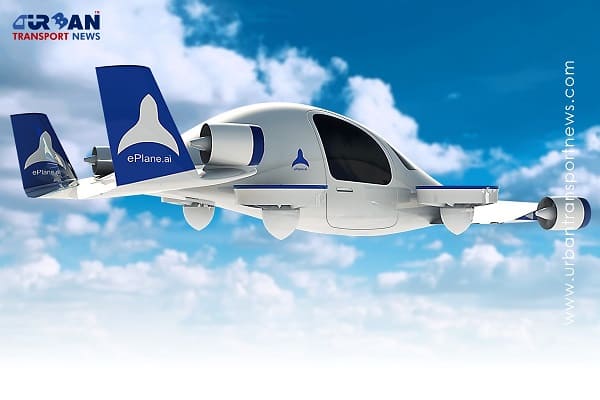 UAE's First Vertiport gets Operational approval, A game-changer in Autonomous Transportation
UAE's First Vertiport gets Operational approval, A game-changer in Autonomous Transportation
Reassuring Travel with Heritage Brands of the Transport Sector
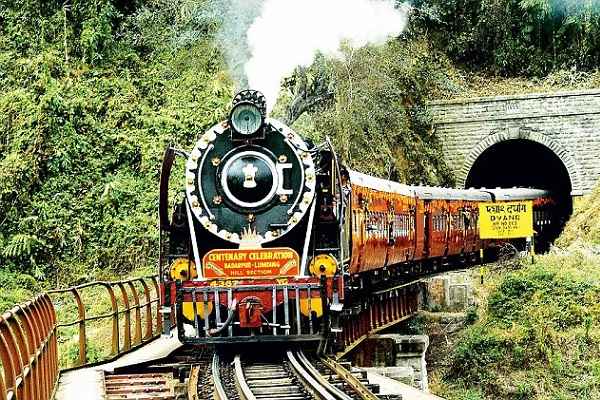
In the blur of executive decision, transport specialists can sometimes lose sight of heritage & branding in the sector. Travel, after all, is connection, at its core. From the times of horse drawn carriages on cart-tracks, the act of boarding a carriage car with luggage was full of always full of excitement. Brands have a primary purpose to reassure the traveler of making that connection easily.
Do heritage brands matter in the transport sector? Certainly, the worry of travel was set to rest when established heritage brands assured the reliability of a journey mode with minimum disruptions. Those lucky enough to afford the ‘cost of carriage’ were assured travel that was “Safe, Quick, Reliable, and Exploring New Worlds” …. just a few of the adjectives that travel posters of the 19th century promised. The traveler reached out to an unknown world for business or pleasure, and the mode of transport was an enabler for their aspirations.
Modern travel advertising follows much of the same reassuring communication by heritage brands, even as layers of services get introduced for each mode.
Charters and Maritime Travel
Through the 20th Century, Railways and Shipping made travel across continents affordable and popular in the western world. The earliest charters, in the steam era, were perhaps the first “heritage” brands of the travel industry. Europe was the central point of the headquarters. These charter operators and maritime routes were worked by steamships for freight and passenger carriage.
A rich transport heritage can be gleaned from the P&O Archives. The P&O Heritage Collection houses over 30,000 historical items and charts the innovations and developments of British shipping and global trade over two centuries.
Closer home, the National Maritime Heritage Complex (NMHC) — which is being constructed at the historic Indus Valley civilisation region of Lothal in Gandhinagar (Gujarat, India) celebrates a heritage brand that was never formally trademarked in the western world perhaps. But this civilizational memory has shaped Indian consciousness in ways that need to be understood better. The legendary struggle of VOC Pillai, who attempted a Swadeshi Steam Navigation Company in 1906 to compete against the monopoly of the British, is a fascinating story of a heritage brand that was prevented from making its mark.
East or West, the heritage of maritime transport paralleled travel by rail, road & later air modes. Heritage Brands in the Shipping & Railroad sectors that today spawn multiple geographies owe their origin to this excitement-filled era.
Cultural Landscapes & Rail Travel
In passenger & mail services the train names became brands themselves! Over the Indian subcontinent, trains operating routinely like “Punjab Mail”, “Deccan Queen” or the “Grand Trunk Express” became veritable heritage brands because of the cultural landscape they travelled and the diverse cities they connected. The names have local etymology - “Punjab, Deccan etc” - while the speed and reach of a railway train named thus exceeded that of previous on-foot or animal-hauled journeys. The popularity of these services was high among colonial rulers and the native citizens of the subcontinent.
Steam charters operated these railways so that the combination of ships and trains could provide seamless connections from an origin in Europe to a destination in the eastern world. An elaborate system of management, travel permits, disease control and transshipment of goods came up around these chartered journeys. Their travel posters are vintage collector items today.
Books, cinema and music have supported the identity of heritage transport brands. “Around the world in 80 days” was a fanciful novel set in the real world of travel possibilities. Many films revolve around famous trains like the Orient Express. Popular songs with railway rhythms are timeless gems of the music world. Today, the Heritage Brands like DHR, KSR & NMR have been trademarked through the National Rail Museum and the Heritage Directorate of the Railway Board. Similarly, the heritage trademarks of royal railways & company or state railways of pre-independence India have now been registered for themed souvenirs that encourage fondness for rail travel.
Rolling Stock & Equipment Manufacturers
The mega machines running on fossil fuels that helped operate the earliest railways were evolving between the first & second world wars. Workshops which manufactured rolling stock and locomotives tried to solve the constraints of geography and the inter-relatedness of factors like carriage cost, fuel costs, slopes and terrain, vehicle capacity and haulage. Complex yet inter-connected decision-making was needed to settle the questions that were thrown up – typifying the designs of a rail/tram service which would eventually operate any “new” railway. Design archives of these companies can help trace the trajectory of railway technology across an impressive period of railway evolution. These B2B companies have strong technology brands that have an impressive heritage of manufacturing, innovation & reliability.
Urban Transport Systems that defined Iconic Cities
“Metropolis” is a Greek word, meaning "mother city. Urban settlements that expanded to include nearby agglomerations grew with the help of heritage transport systems. There was a constant race with growth of the city’s economy and supporting expansion in public transport. London City had its underground from 1890, Berlin, Paris, Athens & Budapest were pioneers in Europe, and New York City & Chicago in USA had the earliest form of metropolitan transport systems. British India had its many guaranteed & company railways that followed the rise in either military or trade demand.
Urban metro systems in modern India have grown in importance after Calcutta Metro, DMRC, Namma Metro Bengaluru and many others have become defining features of the cities they service. A range of train services, station names and passenger amenities including ticketing are provided under the umbrella name and trademark of the metro system.
EndNote: Travel Brands and their Valuation
A glance at the World Intellectual Property WIPO Database under the Transport NICE classification throws up interesting discoveries of Heritage Transport Brands that have survived the test of time. The daily grind of running these services in the face of technological & human challenges is what builds up the Heritage Brand of an Urban Transport system over time.
It would be a huge oversight for Metro systems to ignore the value of heritage branding from a business perspective. The years of effort, consistent services and quality, advertising and other resources that go into building a brand are quantifiable. Their value, tangible & intangible, can be estimated with robust precedence in valuation theory.
CEOs of companies seeking to establish Transport Heritage Brands should deliberate and formulate a set of universal policy & practice guidelines to ascertain brand value and preserve it in times to come. Suitable business models and accounting practices should align globally & in India, so that home-grown brands find themselves valued alongside brands from Europe or USA regions.
About the Author
Building a brand name in Urban Transportation is a concern for many readers. The author of this insightful article, Ms. Vinita Srivastava, is currently Executive Director (Heritage) in Railway Board. She has dealt with matters concerning trademarks of UNESCO world heritage railways (Darjeeling –the iconic DHR; Kalka Shimla - KSR & Nilgiri - NMR mountain railways) and global brand concerns for the ‘Lambretta’ two-wheeler as CMD/SIL Lucknow. Here she compiles a set of stories about ‘Heritage Brands of the Transport Sector’ culled from readings on inspiring companies across the globe.





